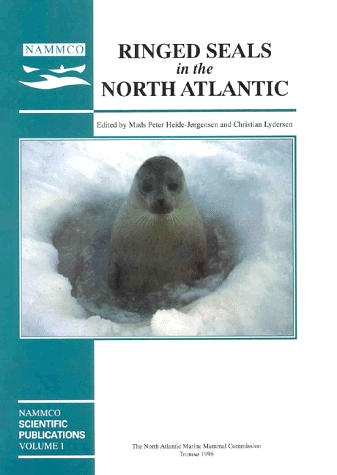Failure of reproduction in ringed seals (Phoca hispida) in Amundsen Gulf, Northwest Territories in 1984-1987
DOI:
https://doi.org/10.7557/3.2989Keywords:
ringed seals, Phoca hispida, reproductive failure, Canadian ArcticAbstract
Ringed seals (Phoca hispida) in Thesiger Bay (about 71 °45'N, 125°00'W), in northwestern Amundsen Gulf in the western Canadian Arctic, suffered a failure of pup production in the years before 1987, starting probably in 1984. Pups taken in the summer hunt in the years before 1987 were reported scarce, and in 1987 were only 2.8% of the total 4+ and older. This low reproduction was associated with poor body condition in females and with an age distribution of adults that was weighted toward older animals (the modal year class was the 8+ class). An unusually high proportion of adult females had never reproduced; the median age of first birth was estimated at 8.6 years. By the summer of 1988 the age distribution had changed toward younger animals (modal age 5+), in better condition (by 20%), which had almost all ovulated. Pups were more numerous in the catch. In 1989 pups were very numerous in the catch (142% of the 4+ adults) and the estimated mean age
of first birth had decreased to 5.3 years; almost all 5-year-olds sampled had borne pups. A similar occurrence of low pup production had been documented in the early 1970s, and resumption of reproductive activity had then also been associated with an apparent turnover of the population, the mean age of adults decreasing from 16-17 years when reproduction was low to 10.9 years in the year before reproduction resumed. Long-term data on ringed seals in the western Canadian Arctic has shown an average age at first ovulation of about 5.55 years and first birth just before age 7, about 1 year older than seen in this sample in 1989. Our 1989 sample may have been able to mature earlier because food was temporarily more abundant, or breeding densities temporarily lower, than long-term average values.





